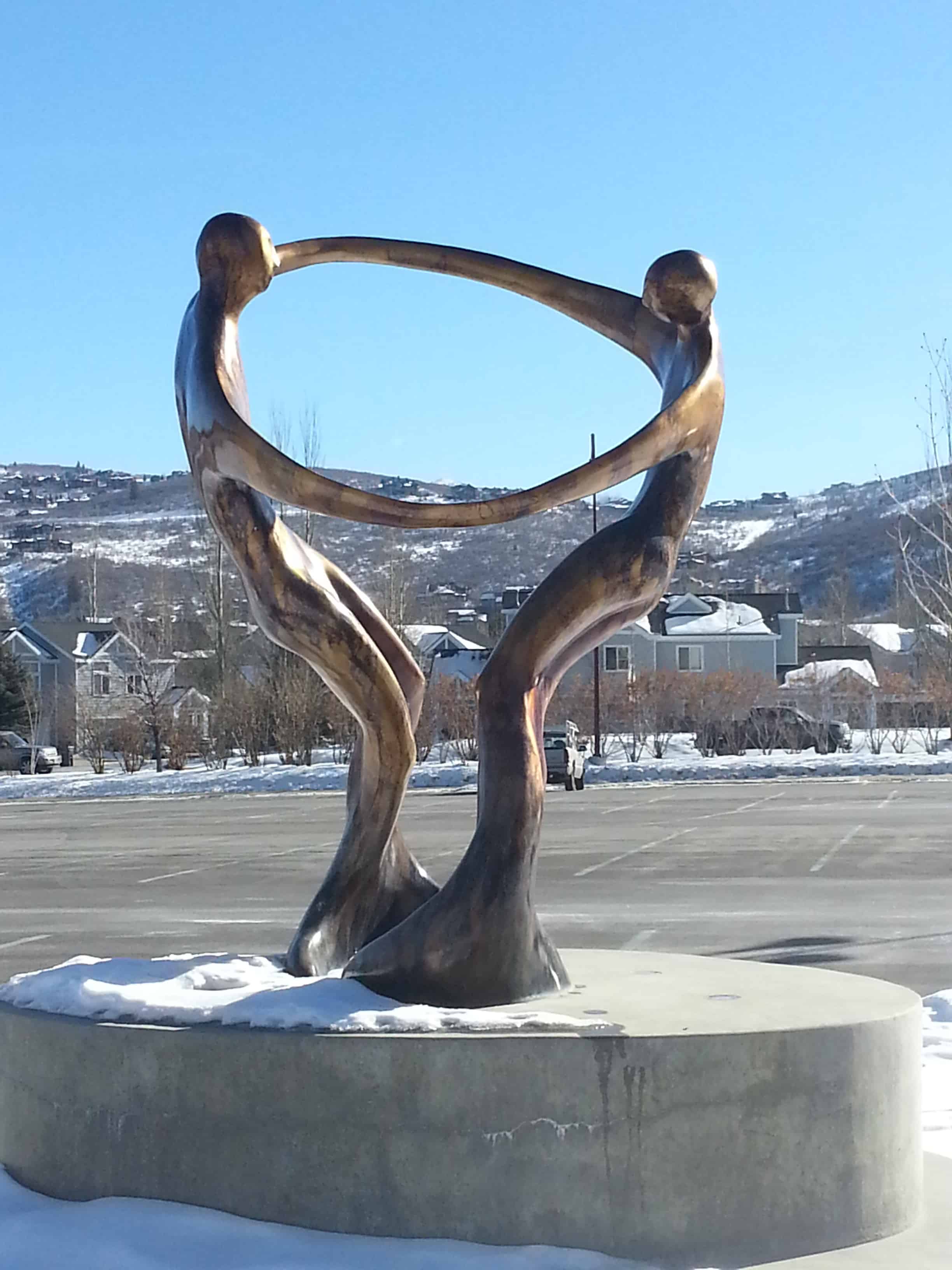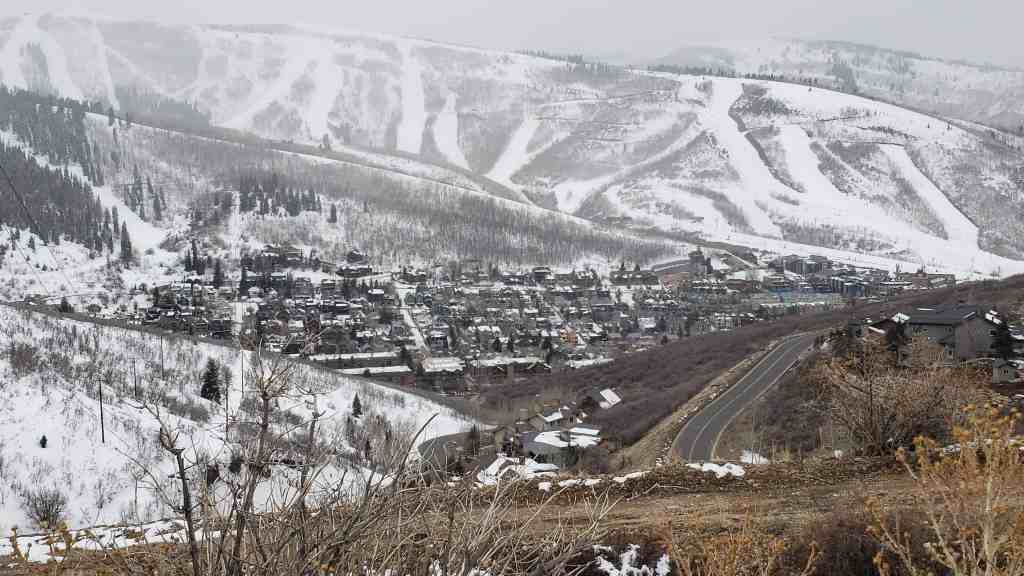Tags

Park City Related Posts:
- Alpine Slide and Park City Mountain Coaster
- Crescent Tramway
- Glenwood Cemetery
- High School Mechanical Arts Building
- Kimball Stage Stop
- Library / Old High School
- Marsac School / City Hall
- Ontario / Judge Mill and Mine
- Park City Cemetery
- Park City City Parks
- Park City Community Church
- Park City LDS Meeting House
- Park City Main Street
- Park City Miner’s Hospital
- Park City Museum
- Park City Pioneers
- Snyderville Pioneer Cemetery DUP Marker and SUP Marker
- Park City, sorted by address




The transformation of the town into a ski resort is primarily attributed to the silver need during (and after) World War I economy. The war and Great Depression were crippling the economy. Once the site of the largest silver-mining camp in the country, the town was virtually destroyed by fire in 1898. Tragedy struck again in 1902 when 34 miners were killed in an explosion in the Day West Mine. The mining community never fully recovered and the miners resorted to desperate measures. These desperate measures were based on the need to revive the economy, and in doing so the miners gave up their mining heritage, turning to the rising interest in the West and skiing. The silver industry was suffering severely, and the town was hanging by a thread when ‘Parkite’ miners presented to Utahns Inc. a proposal for a ski resort called Treasure Mountain which ended up saving the town. This ski resort opened in 1963 on 10,000 acres of land the miners owned with mineral rights. This is said to be when tourists first largely began to visit Park City. This marks the beginning of the ski industry largely promoted by the Utah State Legislation as a destination resort.


Since the rise of the skiing and tourist economy, Park City houses more tourists than residents. It has become a place of fame through the 2002 Winter Olympic games and provides more attractions than ever before. In the 1950s, Utah began to feed on Park City as a mountain getaway, and not until D. James Canon promoted winter sports in Utah, with the promotional scheme of “Ski Utah” and “The Greatest Snow on Earth” did many drive to see the city. Utah drew in over 648,000 tourists in 1970 and now a yearly average of 4 million tourists. In a small town with a population of 8,000, the average number of tourists in Park City is 600,000 per year. This significant increase in visitors could be credited to promotional material that is carefully planned and distributed by the Utah Publicity and Tourist Council. Growth has accelerated in the last few decades, and Park City is now one of the most affluent and lively resort towns in the United States.
The tourist industry now contributes over one third of the total economic value to the state of Utah. In particular, Park City draws in 3,006,071 average annual visitors; in the winter 1,603,775, and in the summer 1,402,296. Park City prospers from the average nightly visitor spending ranging from $100 to $350. Currently, Park City primarily relies on its tourist industry from skiing to restaurants to hiking and biking. The makeover of Park City has stimulated an entirely different culture of expenditure, adventure, and wealth, and their promotional material indulges it.
As long ago as the 1920s, miners in Park City were using underground trains and shafts to gain access to the mountain for skiing. Aerial trams once used for hauling ore were converted into chairlifts. To this day, there are still more than 1,000 miles of old silver-mine workings and tunnels beneath the slopes at Park City Mountain Resort and neighboring Deer Valley. Park City might be a fairly nondescript-appearing town were it not for its colorful and evocative Main Street, where 64 Victorian buildings are listed in the National Register of Historic Places. There are many remaining mine buildings, mine shafts (most blocked off from outsiders with large steel doors), and hoists, including the weathered remains of the California-Comstock and Silver King Mines and the water towers once used to hydrate one of the biggest mines, the Silver King, provide a hint of the history of this mining town transformed in economic upheaval into a skiing resort.


Pingback: Rotary Park | JacobBarlow.com
Pingback: Park City Cemetery | JacobBarlow.com
Pingback: Park City City Parks | JacobBarlow.com
Pingback: New Prospector Park | JacobBarlow.com
Pingback: Prospector Park | JacobBarlow.com
Pingback: Banksy Art | JacobBarlow.com
Pingback: Giacoma Building | JacobBarlow.com
Pingback: Park City Main Street | JacobBarlow.com
Pingback: The Oak Saloon | JacobBarlow.com
Pingback: Jenkins Photography Studio – Jenkins Confectionery | JacobBarlow.com
Pingback: The Club | JacobBarlow.com
Pingback: Star Meat & Grocery | JacobBarlow.com
Pingback: Frank Andrew Building | JacobBarlow.com
Pingback: Franz The Bear | JacobBarlow.com
Pingback: Kimball Stage Stop | JacobBarlow.com
Pingback: Park City Miner’s Hospital | JacobBarlow.com
Pingback: 7839 Hawk Ct | JacobBarlow.com
Pingback: 2021 Evening Star Dr | JacobBarlow.com
Pingback: 1915 Prospector Ave | JacobBarlow.com
Pingback: 1910 Prospector Ave | JacobBarlow.com